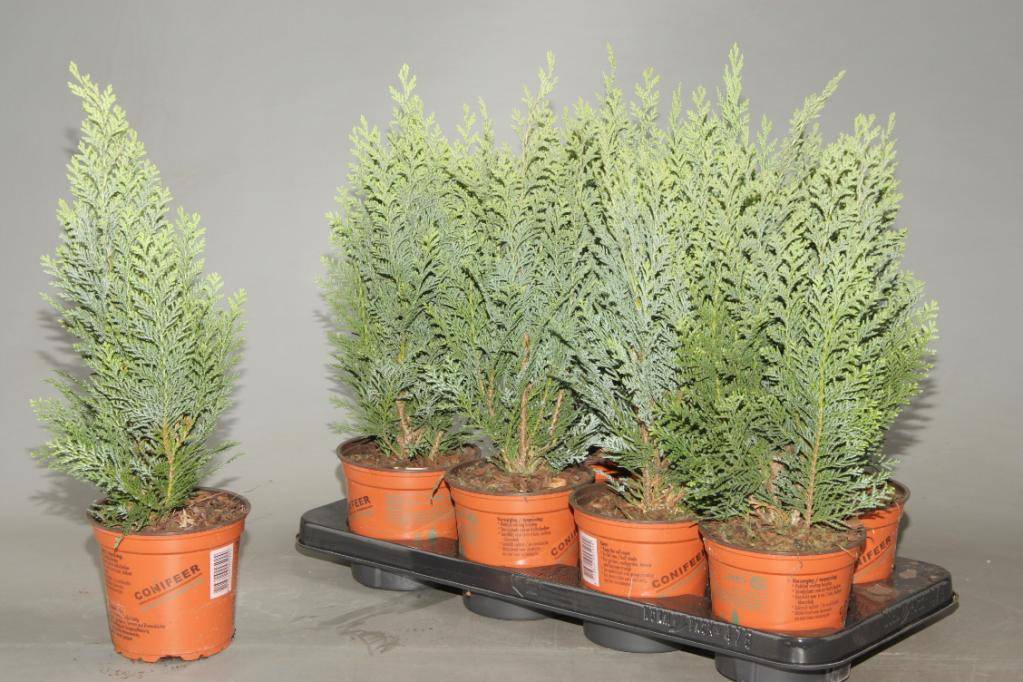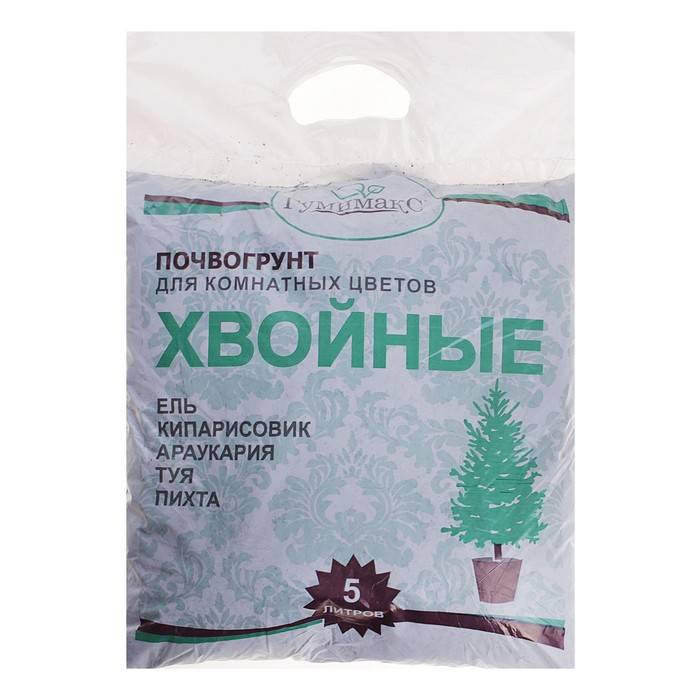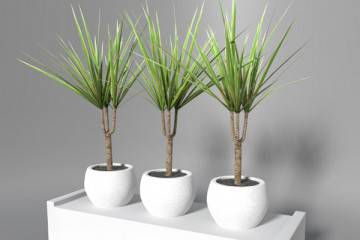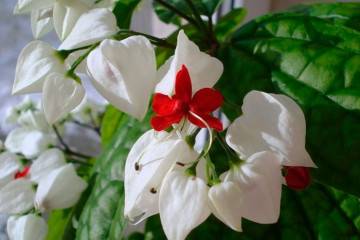Lawson's cypress Elwoody and Yvonne, stupid Nana Gracilis and others
Content:
Lawson's cypress is a spectacular coniferous plantation used to decorate the garden. The inhabitants of the apartments can also admire the beautiful view of the conifers, since the breeders have bred varieties that can be grown at home. Information about planting culture, care, reproduction, possible problems in the content is presented below.
What does an indoor cypress look like?
The cypress, belonging to the Cypress family, has a pyramidal crown and grows up to 70-80 m in natural conditions. Breeders have bred many varieties used in landscape design. In indoor conditions, the height of the plants does not exceed 2 m. Their needles are at first acicular, over time it turns into scaly. In adult cypress trees, cones form 0.5 to 1 cm in size.
Briefly about the history of appearance
The homeland of Lawson's cypress is the west coast of the United States. But breeders have adapted the culture to grow in many regions of the world. Cypress was brought to Europe in the 19th century. This is a capricious plant, but provided the necessary conditions are provided, it can grow in the suburbs and other regions and delight with its beautiful needles for a long time.
Cypress and cypress: what is the difference
First of all, the cypress has flatter, pressed branches. The needles in young plants are needle-like, in adult specimens they are scaly. The buds are small, there are only 2 seeds inside. Cypress has more voluminous branches, there are more seeds in the fruits.
 Lawson's cypress Columnaris can be grown in an apartment
Lawson's cypress Columnaris can be grown in an apartment
Common varieties for growing in a pot
Breeders have bred several species and many varieties of cypress that can be kept indoors. Plants are planted separately or make up a mix of them.
 Lawson's Cypress Elwoodi - Christmas tree
Lawson's Cypress Elwoodi - Christmas tree
On New Year's Eve, the following popular conifers appear in flower shops: Lawson Elwoodi cypress and Goldcrest Wilma large-fruited cypress. Elwoodi cypress is also called the New Year tree. Further on the most common types and varieties of culture.
Lawson's cypress
This species includes trees and tall shrubs with thue-like needles. In adult plants, it can be scaly. The shape of the crown of the Lawson cypress is conical. In the summer, cones form, which open at the beginning of autumn and release seeds. Their peculiarity lies in the presence of resin glands. The most popular varieties are: Elwoodi, Blue surprise, Globosa, Columnaris.
Dull cypress
It is also called hinoki. The plant has pressed, rounded foliage of a light green color. The height of the dull cypress varies from 0.6 to 5 m. The most common varieties: dull cypress Nana Gracilis, Teddy Beer.
Pea
The pea cypress has a conical crown, its branches are flat, which grow horizontally.Dark green needles thin out the light pine scent. The most decorative varieties: pea cypress Filifera Nana, Aurea, Plumosa, Bulevard cypress, which is sometimes called Boulevard cypress.
Evergreen (Cupressus sempervirens)
In the description of the culture, it is indicated that the cypress of this species reaches a height of 2-3 m. The crown of the tree is pyramidal, the branches are pressed against the trunk. The leaves are dark green scaly. The rounded cones are covered with a beautiful pattern.
Kashmiri (Cupressus Cashmeriana)
This species is considered the most adapted to indoor conditions. He is compact and loves warmth. The color of the needles of the Kashmir cypress tree is blue-green, it hangs beautifully from the shoots like a weeping willow.
Features of home care
With proper agricultural technology, plantings can grow for many years in indoor conditions, while looking as decorative as possible.
Temperature
The most acceptable air temperature for a cypress is 18-20 ° C. It can withstand an increase of up to 25 ° C. The plant will feel good in winter on a glassed-in balcony.
Lighting
A place for a cypress must be selected well-lit, but without direct sunlight falling on the delicate needles. If the lighting is low, foliage will lose brightness. If the glare of the sun hits, the needles can get burns, after which they will begin to turn yellow and fall off.
Watering
In spring and summer, cypress grows abundantly, consuming large amounts of water. Therefore, during these times of the year, watering should be abundant. You need to use warm, settled water. It is necessary to ensure that the topsoil has time to dry out between waterings. After half an hour, remove excess water from the pan.
Spraying
Dry air will adversely affect the decorativeness of plants: the needles will begin to turn yellow and dry. Therefore, periodically, the crown of the plantations is sprayed with water from a spray bottle. So that no traces of salts remain on the needles, the water is preliminarily defended for several days.
Humidity
Spraying gives a short-term effect, and the cypress needs high humidity for a long time. Therefore, the pot with the plant can be placed in a pallet in which expanded clay or small stones filled with water are poured. The liquid level should not be higher than the drainage material. In winter, a wet towel is hung on the radiator to increase the humidity in the room.
Priming
The substrate for the cypress is selected loose fertile. It can be purchased at a specialty store or prepared by yourself from the following ingredients:
- garden soil;
- sod land;
- peat;
- river sand.
 For the cypress, a special soil is selected
For the cypress, a special soil is selected
Top dressing
Fertilizers are applied from spring to autumn. For this they use a mineral dressing for decorative deciduous plants, but the dose is reduced by 2 times. The procedure is carried out twice a month. Before fertilizing the plantings, the ground is watered with plain water.
Features of care in winter, dormant period
In winter, plants are kept at a temperature of 8-10 ° C. Watering is much less frequent than in spring and summer, no top dressing is applied at all. The best place for winter maintenance is a glazed loggia or balcony. So that the root system is not damaged, the pot is wrapped with mineral wool, burlap.
Pruning
The cypress is naturally beautiful in shape, so it does not need shaping pruning. Only diseased, deformed, starting to dry branches are removed. Use a sharp, disinfected tool for trimming.
How does it multiply
A plant can be diluted at home using several methods: seeds, cuttings, layering.It should be borne in mind that during seed propagation, varietal qualities may not be transferred to young plantations. In order for the cones with seeds to fall off, you can gently beat the cypress tree with a mallet on the trunk.
Germinating seeds
The peculiarity of seed reproduction is that the planting material is preliminarily kept in the refrigerator for 3-4 months. Only after that the seeds will give amicable shoots. Seed material is planted as follows:
- The seeds are soaked in water for 10-12 hours.
- Loose fertile soil is poured into the box.
- Make grooves 1 cm deep.
- Seeds are planted at a distance of 4 cm from each other
- Fall asleep with a substrate.
The landing box is placed in a warm place. Care must be taken so that the soil does not dry out. When shoots appear, they are transplanted into separate pots.
Rooting cuttings
This method is most popular among florists. The procedure is performed as follows:
- Shoots are cut with a length of no more than 10-12 cm, half stripped of needles.
- For a day, it is placed in a solution with a growth enhancer.
- They are planted in a box filled with fertile soil to a depth of 3-4 cm.
- Cover with a transparent film.
To prevent the cuttings from being struck by fungal diseases, the boxes are ventilated every day. When the seedlings start growing, they need to be fully opened. Grown cuttings are transplanted into separate containers.
 Before rooting, the lower part of the cuttings is freed from needles.
Before rooting, the lower part of the cuttings is freed from needles.
Air layering
This method is used to breed varieties with horizontally located shoots. To get new plants, branches are cleaned of needles, laid in a furrow, watered, covered with soil. When young cypress trees appear, they are separated from the mother plant, planted separately.
Transfer
A cypress purchased in a pot is transplanted after 2 weeks. During this period, he will have time to get used to new conditions. The container is picked up a little more than the previous one. Drainage is laid out at the bottom of the pot. After transplanting, the planting should be placed in a shaded place for several days.
Possible growing problems
If not maintained correctly, the culture may lose its decorative appearance.
The needles turn yellow and fall off
Such symptoms may indicate the defeat of the cypress with Fusarium. In order to prevent disease, you need to ensure that the topsoil has time to dry out between waterings. After each moistening, the soil must be loosened so that air can penetrate inside. For prevention, cypress is sprayed with antifungal drugs.
 Yellowing of the needles may indicate the defeat of the cypress with a fungal disease
Yellowing of the needles may indicate the defeat of the cypress with a fungal disease
The tips of the needles dry
Dry indoor air may be the cause. To prevent this, the crown and the space around the plant must be periodically sprayed with water. In winter, plantings should be kept away from radiators.
Pests
Lawson's cypress can infect aphids, spider mites, and scale insects. Pests feed on sap, as a result, the plant withers and loses its decorative effect. You can get rid of harmful insects with the help of insecticides. It is necessary to spray the plantings in a specially designated place, using protective equipment.
Lawson's cypress is a spectacular coniferous plant, some varieties of which are suitable for home keeping. Having studied the rules of caring for the culture, the florist will be able to admire the coniferous planting for a long time, not only in the country, but also in the apartment.
Video















